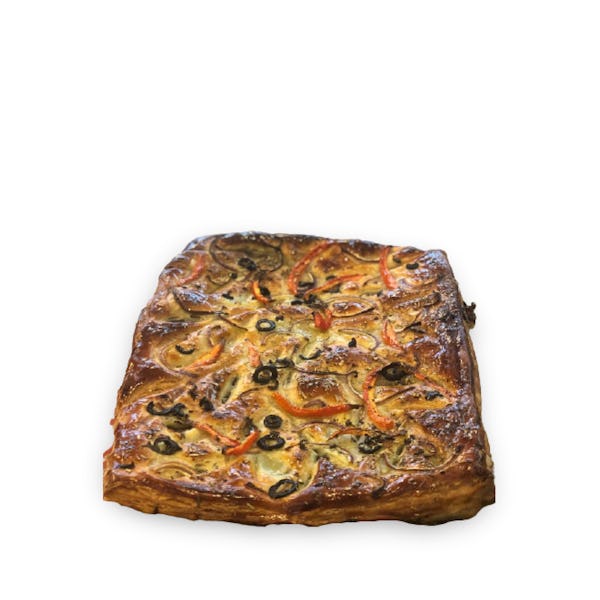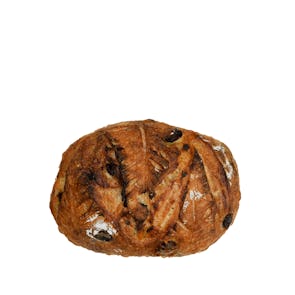





CiÇou Fougasse Collection
An ear of wheat
TASTING NOTES FROM THE CURATOR
A type of bread usually associated with Provence in France, the fougasse is similar to the Italian focaccia. The main difference is that it utilizes a wider variety of flavor enhancers, such as olives, cheese, and garlic. And it’s usually sculpted and slashed to look like an ear of wheat. Chef Cyrille Soenen of CiҪou á la Maison introduces us to 6 flavors to choose from:
- Fougasse Chicharon - a little ode to his adopted home, married with his French roots. This bread has chicharron, duck fat, herbes de provence, and salt
- Fougasse Pissaladière - made with onion marmalade, sardines, black olives, herbes de provence, and olive oil
- Fougasse Bacon - lovers of bacon can enjoy this! Great for breakfast.
- Fougasse Ham & Cheese - reminiscent of croque monsieur
- Fougasse Herb Garlic Butter - a merry mix of decadent butter infused with garlic and flavor-loaded herbs
- Fougasse Garlic - gusty flavors of chopped garlic on fougasse
PREPARATION AND PAIRINGS
CiҪou á la Maison fougasse can be eaten cold, but it’s so much better when warm. Eat with salted butter, or dip in olive oil and balsamic vinegar. Better yet, pair with pork or duck rillette by CiҪou á la Maison.
BREAD TEST
The fougasse is one of the many descendants of the panis focacius, an ancient Roman flatbread baked in the ashes of the hearth. There is also a saying in French, “il ne faut pas brûler la fougasse,” or “do not burn the fougasse,” which is derived from the old tradition of using this bread to test a wood-fired oven’s temperature. The time it takes to bake the fougasse gives the baker a rough estimate of the oven’s temperature, and whether or not it’s okay to load the rest of the bread.
Storage Instructions
Baked on the morning of your expected delivery day.
Best consumed upon arrival, but you can store it at room temperature for up to two days in their original packaging. For storage up to a week, wrap them in parchment paper or plastic wrap and refrigerate. Alternatively, you can freeze your parchment-wrapped fougasse in a ziplock bag for up to two weeks.













